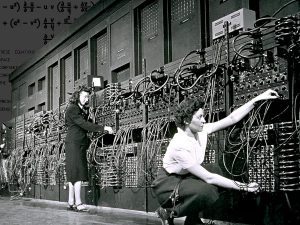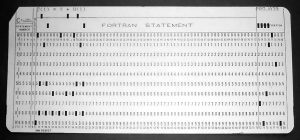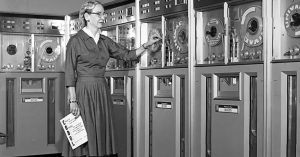Computer programming without writing code!

If you want to do something with a computer, you have to program it. The program is the instructions given to the computer to work. Computers do a lot of work by following those instructions. Computer programmers use some specific programming languages, such as C / C ++, Python, Java, etc., to do all the nice things with computers.
But on August 11, Open AI, an organization working with artificial intelligence, released an improved version of their software that could be used to create instructions (coding) for computers in English. The name of this software is Codex. It can translate various instructions spoken in English directly into computer comprehensible language. The company has published a demo related to this. It turns out that a website has been created with instructions in English only. Not only that, but a simple game has also been made. Initially it seemed to be better than other conventional software, so it attracted the attention of almost everyone.

How it is work?
“There are two parts to computer programming,” Greg Berkman, co-founder and chief technical officer of Open AI, told The Verge. One is to come up with a solution by thinking deeply to solve the problem, then co-ordinating that thought into various functions, using the library and coding it into action. The second task is often difficult and requires a great deal of patience and concentration. Codex will help programmers in this place. Earlier, Open AI released another software called Copilot, which is used on Microsoft’s GitHub platform. In Gmail, when we write an e-mail, the word or sentence suggestions that are found there, the co-pilot gives auto-suggestions when coding in GitHub. Codex is the next step in co-piloting. ‘
Computer scientists have long tried to make coding easier. The first computer is programmed with a switch. Then came the punchcard. Until the invention of the keyboard, first-generation computers were programmed with switches and punchcards. Once the keyboard arrived, the programmer would instruct the computer throughout the day in assembly language. This is because the computer can only understand the presence of electricity (1) or not (0). As a result, at the end of the day, all the instructions have to be published in binary. But U.S. Navy officer Grace Hopper first created a modern compiler. Grace Hopper’s invention of the compiler made it possible to free the computer from the clutches of the ‘elite’ who knew assembly language. Because, then the programming language appeared.

The compiler can translate this particular language of programming into a language that the computer can understand. So we got various programming languages like Fortran, Pascal, C / C ++, Java, Python. When I studied at BUET, we had to learn Photran, which we used on BUET’s mainframe computer. With the change of days came C / C ++ and now there is a tide like Python or Caitlin. The purpose of all these things is but one. That is, the coding that needs to be done in order to use the computer, it should be constantly easier and easier. Arguably, the latest addition to this trend is Codex.
However, instructing a computer without a code is not entirely new. Even we ourselves have used it a lot. When we use Microsoft Excel or any spreadsheet software, we use all the mathematical formulas like addition-subtraction-multiplication-division like us. The spreadsheet software, however, converts it into code, showing us the results. If a programming code was not generated in the background but the computer could not understand it directly. Think again of the scratch invented by the Massachusetts Institute of Technology (MIT).

There, however, the computer can be instructed by arranging different blocks one after the other. Scratch but blocks the instructions appropriate for the computer. Now many people can use Google’s Speech to Text tools to record word of mouth. There are also coding systems with instructions in computer language, such as Serenade.Ai. And the example of giving verbal instructions to robots is now stored in many homes because of Alexa or Echo.
But this time a little exception, because we can do direct coding with English. This gave a new dimension to instructing the computer in one’s own language. What will be the effect?
Will the need for a computer programmer be met?
No. It will be the other way around. As a result, on the one hand, a lot of new work can be done by programming and this will increase the demand of programmers. On the other hand, entering the world of programming or coding will be much easier. That’s what Hadi Parvati, founder of coding popularization platform Code.Org, and Greg Borkman, co-founder and chief technical officer of Open AI, say. “We need to pay more attention to coding,” they said in a joint article on technology website TechCrunch.
The world is now trying to introduce children to coding from an early age. In Estonia, children begin to become familiar with coding from the second grade.
‘All schools need to teach coding to children. Not everyone will be a programmer. Rather, coding makes everyone more efficient at solving problems’, said Apple co-founder Steve Jobs.




